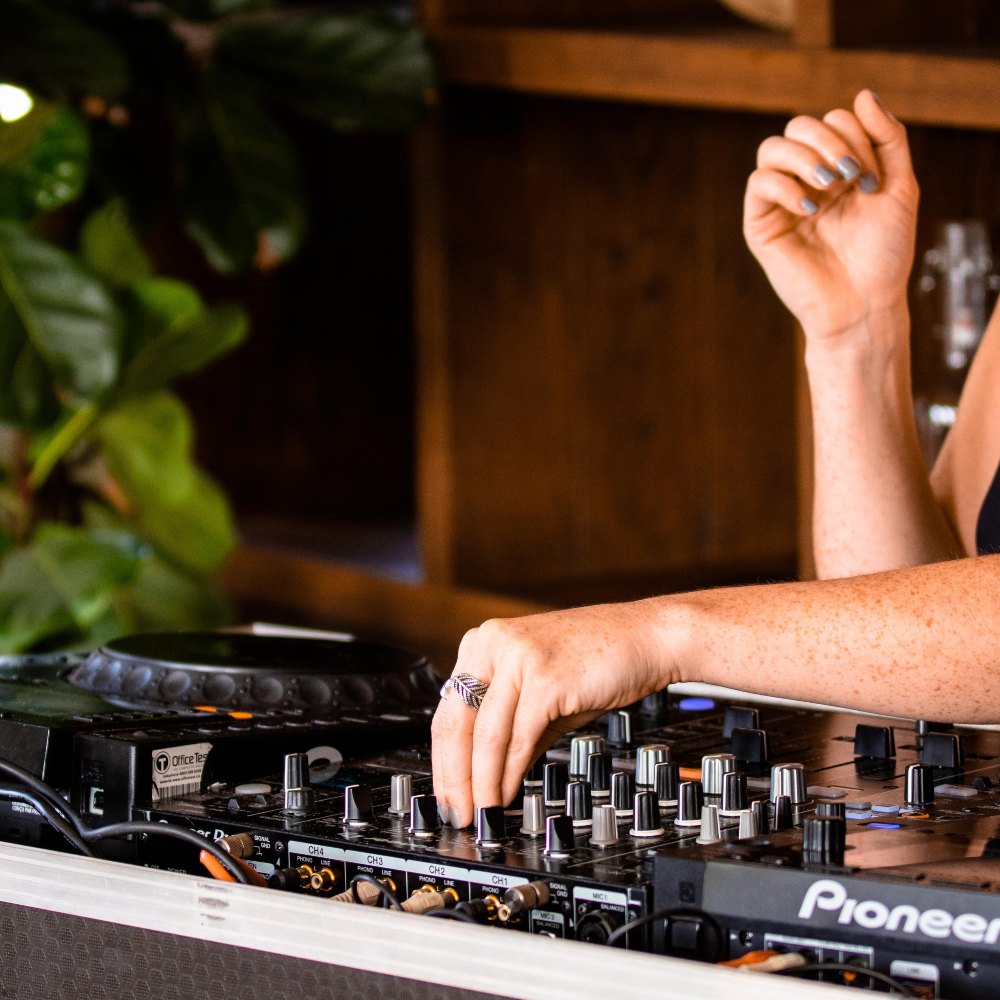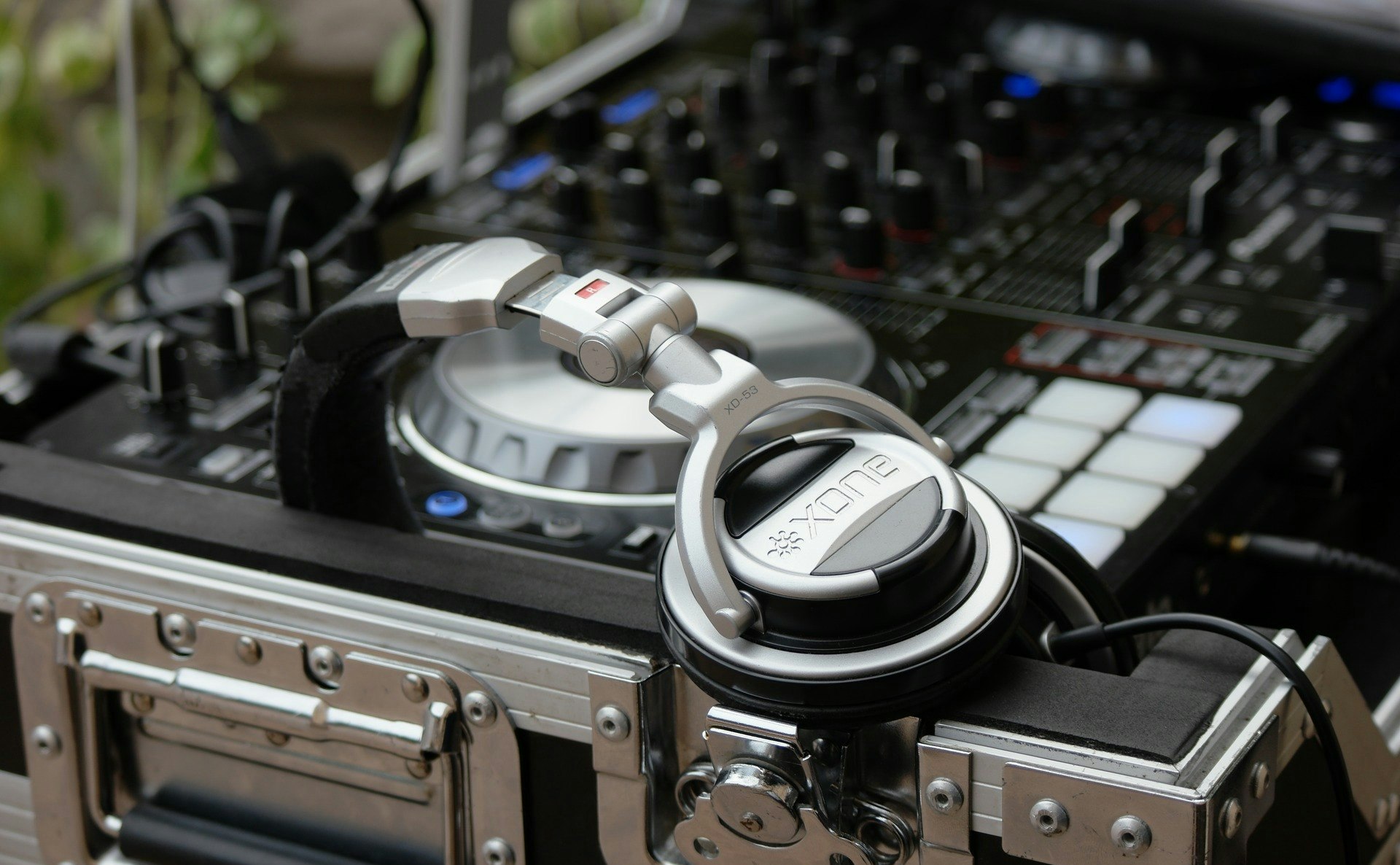
■ Features
Anyone who’s experienced the euphoria of a great Trance DJ set will understand the appeal of playing this genre. This simple guide to mixing Trance will help get you started.
Trance may have already had its heyday - once the most prominent sound in Ibiza - but the modern Trance scene is alive and well (albeit more niche).
Trailblazers such as Paul van Dyk, Ferry Corsten, Markus Schulz and Armin van Buuren sit amongst the upper echelons of dance music. Plus, festivals such as A State Of Trance and Luminosity Beach Festival in The Netherlands, New Horizons in Germany and Tomorrowland in Belgium prove each year how exciting and diverse the genre is - in its sound, aesthetic and fans.
In this beginners guide to DJing Trance, we’ll discuss what Trance is, where it came from, and delve into how to structure a Trance set, before taking a look at some of the DJ techniques that are specific to mixing Trance.
Trance is a genre of electronic dance music that is generally characterised by a tempo of between 130 and 150 BPM, repeating melodic phrases, and a musical form that distinctly builds tension and elements throughout a track often culminating in 1 to 2 ‘peaks’ or ‘drops’. Trance tracks are often lengthy to allow for such progression.
Within Trance music, are a number of subgenres including Acid Trance, Progressive Trance, Uplifting Trance, Tech Trance, Vocal trance, Hard Trance, Chillout, Psytrance and others.
Then, even within these subgenres, you’ll find further classifications. For example, Psytrance lies at the hardcore, underground end of the diverse trance spectrum. The genre offers variety in terms of mood, tempo, and style. Some examples include full-on psychedelic trance (or simply 'full on'), darkpsy/ forest psychedelic trance (sometimes simply referred to as 'forest'), progressive psychedelic trance (progressive psy), experimental or experimental Goa psychedelic trance (experimental), minimal psychedelic trance (minimal), suomisaundi or Finnish psychedelic trance (suomi), ambient or chill-out psychedelic trance (chill out), and psybient - a recent fusion of psychedelic trance with ambient music that has evolved from the Goa Trance scene.
Trance was arguably at its commercial peak in the second part of the 1990s and early 2000s. The biggest sellers of that time were Delirium (featuring Sarah McLachlan), Tïesto, Paul van Dyk, Ferry Corsten, BT and ATB. However, the history of Trance is longer and more complex than that.
The history of Trance DJing is a long and complex one. It goes back to the late '70s and early '80s, when acid house DJs were experimenting with electronic music. A lot of this early music was pretty simple, with drum machines and rudimentary synthesisers. By the mid-'80s, more sophisticated DJs were playing stuff that they'd programmed themselves.
By the 1990s, DJs were programming their mixdown from scratch, often working from just a few notes or bars of a song, sometimes just one chord. Around this time, "trance" (short for "transcendental meditation") emerged as an umbrella term for a subgenre of dance music that was becoming increasingly popular in clubs and parties.
As technology improved, DJs began to incorporate their own sounds into the mixdown — strings, melodies and beats played by different instruments. The result was something that sounded like it could have been produced by a single person instead of dozens or hundreds of people working together in the studio.
The evolution of trance continued through the 2000s and even into today's mainstream pop music. While many artists are still trying to figure out how to do it on their own, some have figured out how to make it work with other people's sounds.
Trance music has always been about building up a feeling of euphoria, which is achieved by using elements like melodic phrases that repeat throughout the song or section. The DJ's job is to mix songs together in a way that creates a feeling of progression and excitement.
Two common techniques many Trance DJs use during their sets are building up/building down and breakdowns:
Building up or building down - This means starting with slower songs and increasing or decreasing the tempo as the set progresses. Trance DJs tend to build up in their sets, which means starting slow and gradually progressing to faster songs. The goal is to keep energy levels high throughout the set.
Breakdowns - Breakdowns are where the music comes to almost a complete stop before building up again. Many trance DJs use breakdowns in their sets because it is easier for people to listen when there are fewer sounds competing for attention. Breakdowns also build anticipation, so that when the music starts up again it does so at an increased tempo and intensity.
A good Trance set has the power to take you on a journey. When listening to a DJ set, many people want to be taken away from their daily lives and let their mind drift away.
The formula for a great Trance set are similar to that for any dance genre:

If you’re ready to get stuck into mixing Trance but don’t have the necessary DJing equipment, you can book one of Pirate’s DJ studios and pay per hour across the UK, US and Germany. Each of Pirate’s studios come with industry standard Pioneer DJ equipment.
Pirate also provides further help on how to DJ, such as how to beatmatch on CDJs and how to choose a DJ name - explore the full range on-site.
